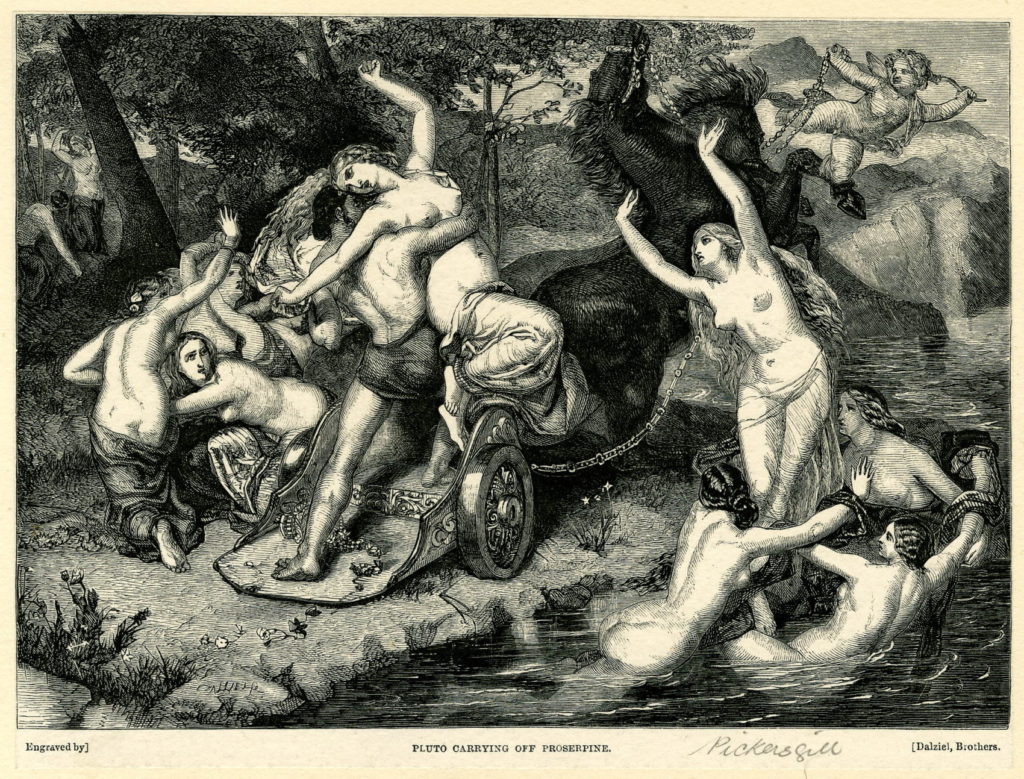Craig Jordan-Baker is Lecturer in Creative Writing at the University of Brighton. He is principally interested in creative writing theory, including how the practices and aesthetics of non-literary art forms are relevant to the study and practice of creative writing. As well as peer-reviewing and publishing research within the academic field of creative writing, he is also an artist. His drama has been widely performed and several of his works of short fiction have been published in journals such as TEXT, New Writing and Potluck.
Notes on Narrativity: The Seen and Unseen in Text and Image
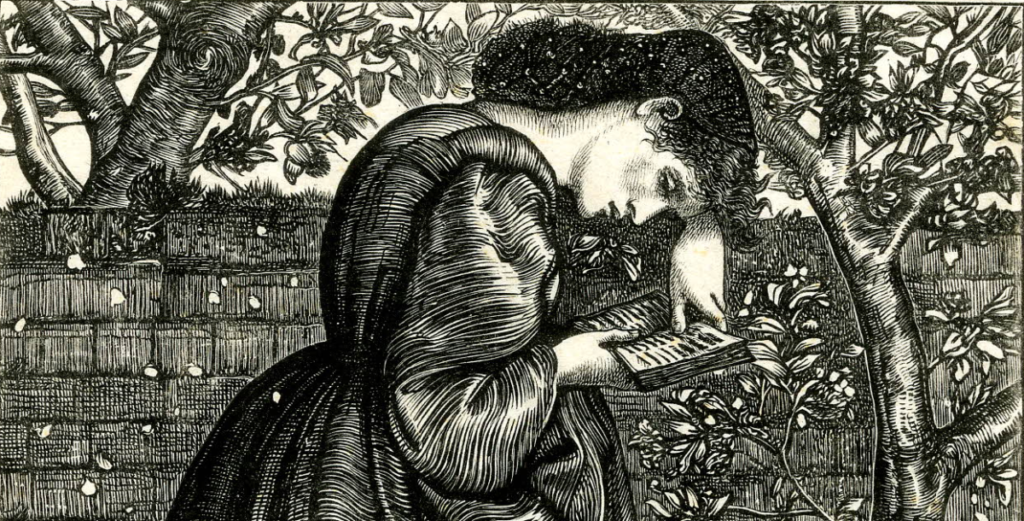
When meeting a new cohort of undergraduates, I often offer an analogy about how I think literature and narrative function. I ask my students to imagine a cube and then note that at any given time, only three sides will ever be visible to them. I then ask them to give each visible side a number: A one, a three, a six. The imaginary cube is then turned and the blank surfaces gain new numbers. In the end, we have a six-sided die.
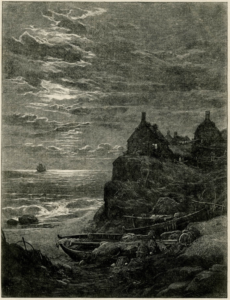
This, I tell my students, is analogous to how literature and narrative function. The reader, in all their attentive immediacy with the text, can only ever witness certain textual events, for some are always hidden. Normally in such situations, we rationalise that the unseen parts persist: If I can see a one, a two and a six, then a three, four and five remain hidden. If I have seen those numbers pass by my vision before, I might even be able to tell where the unseen numbers are exactly.
Let’s use a more dramatic example: We follow a ship blown off course, isolated from the rest of the fleet. In a sudden-calm sea, it rests languidly, but we intuit, however faintly, the rest of the fleet lurching through the waters towards Portsmouth (see Fig. 2).
What we have is a literary seen and a literary unseen, something which texts themselves are often purposefully aware of. For example, in the Old English poem ‘The Seafarer’, the eponymous poetic voice laments,
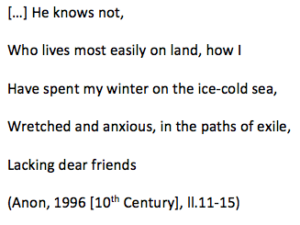
The narrator complains that for landlubbers who idle along the coast, the ravages and privations of the ocean are invisible, unseen: His ravages and privations. This works to draw us in because we are offered a more complete picture of the world-contents of our speaker; we have access to the seafarer’s literary seen and to a manifold unseen, for he imagines his unseen (the landlubbers) and in turn the landlubbers’ own unseen, which is the seafarer himself. The seafarer brings us into the boat not by simply showing us the frigid ocean, but by suggesting the beyond of the ‘paths of exile’, where people live blithely onshore.
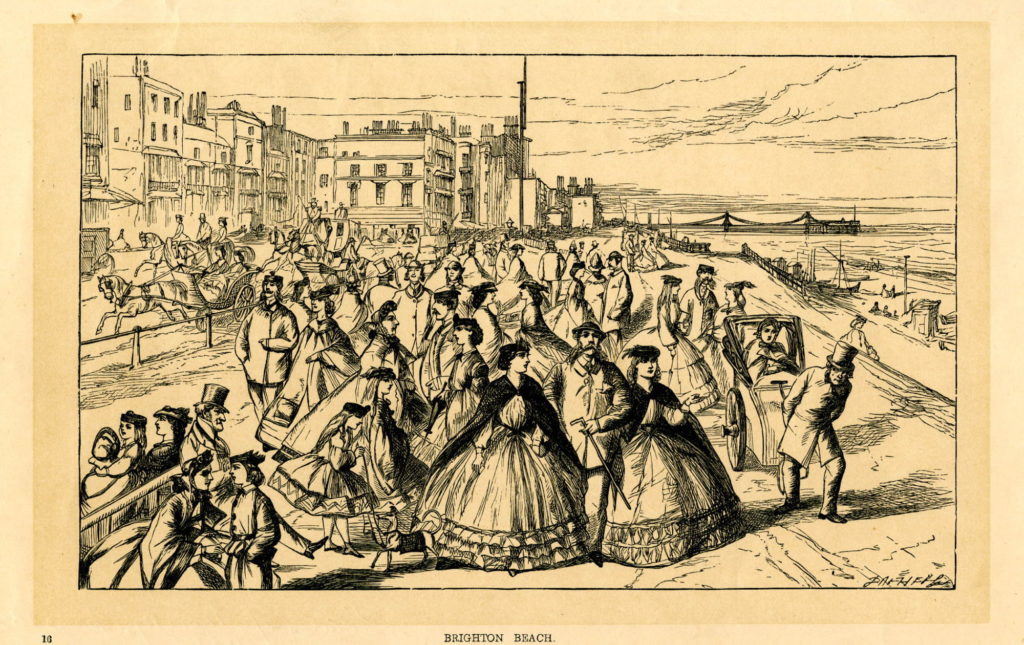
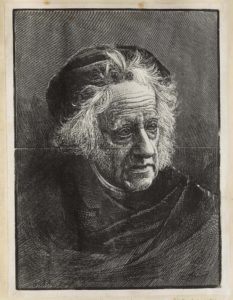
This play of the seen and unseen is not simply true of literature, but of any media capable of narrative. The accompanying Dalziel prints have, I hope, already suggested this. Indeed, the sheer breadth and diversity of the Dalziel archive makes investigations into the narrativity of images both enticing and accessible. To deal with a specific image though, consider this portrait of the astronomer Herschel (see Fig. 4): We not only read what he is – a man, aged, Caucasian – but we also read his age and aspect. If we note an air of pensive melancholy, we ask of the unseen cause of it. If we see the lines of age, we consider the unseen lines of experience that carved them.
Or consider this image of a generic wader (see Fig. 5). It pauses and poses for us even while its brethren take to sea. Though the vista is, in spatial terms, an addendum to the central image, it is enough to suggest a beyond, an unseen. But look closer: Not only are its fellows at sea, but they fall away over the horizon in an ever-growing flock which seems to culminate at the vanishing point. We realise now the bird’s delay in taking to wing, its staying for our pleasure, is making a solitary creature of it
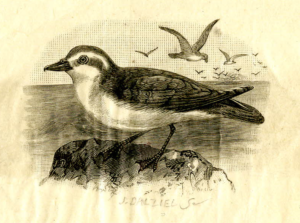
It is this dynamic interplay between the seen and unseen I find a compelling aspect of visual and literary art. This is complicated by the fact that images themselves are often parasitic on or symbiotic with, literary texts (and vice versa). That is, the image calls to the text-world and becomes broadened in its meaning because of it. The depiction here of a scene captured in Ovid’s Metamorphoses has Pluto in his chariot holding Proserpine (who he has just raped), with the nymph Cyane attempting (and ultimately failing) to oppose him (see Fig. 6). Due to Ovid having shown us, the scene before us goes beyond the suggestion of unseen interaction. Armed with our literary knowledge, it gains a solid temporality, as we know that Pluto has recently raped Proserpine (the past) and that Cyane’s protestations will fail (the future).
Such an example brings me back to my analogy of the cube. Seeing this Dalziel print and having read Ovid is akin to knowing the position of all the numbers on the cube, even though some are out of view. Because we have seen the cube spin, we can be quite sure of what is hidden and where. The distinction between seen and unseen is then a scalar phenomenon, something which makes it all the more dynamic and interesting. While images in the Dalziel archive were commissioned and used for manifold reasons, they all rely on a similar visual grammar, a mingling of referents and deferred-referents, of the seen and unseen.
